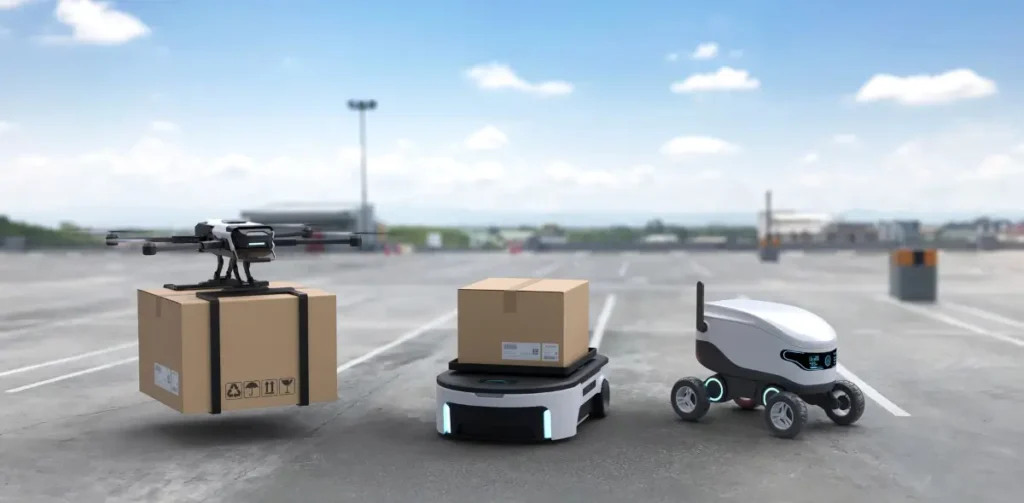In maritime logistics, integrating autonomous shipping technology is reshaping the industry landscape. This article provides an insightful exploration into the introduction of autonomous shipping, examining the benefits and challenges associated with autonomous vessels, showcasing case studies of successful implementations, addressing regulatory considerations and global acceptance, and presenting future trends and advancements in autonomous maritime logistics.
Autonomous Shipping Technology:
Defining Autonomous Shipping:
Autonomous shipping involves using advanced technologies, including artificial intelligence (AI) and sensors, to enable vessels to navigate and operate without human intervention. This groundbreaking technology is poised to revolutionize traditional maritime logistics.
Key Technologies Driving Autonomy:
Technologies such as machine learning, computer vision, and advanced sensors play a pivotal role in the autonomy of ships. These systems enable vessels to perceive their surroundings, make decisions, and navigate safely, contributing to enhanced efficiency and safety.
Benefits and Challenges of Autonomous Vessels:
- Benefits:
- Increased Efficiency: Autonomous ships can optimize routes and adapt to changing conditions in real time, leading to more efficient operations and reduced fuel consumption.
- Enhanced Safety: Using AI and sensors reduces the risk of human error, improving safety for maritime assets and the environment.
- Challenges:
- Regulatory Hurdles: The maritime industry faces complex regulatory challenges as it navigates the integration of autonomous vessels into existing frameworks.
- Cybersecurity Concerns: The reliance on advanced technologies introduces cybersecurity vulnerabilities that must be addressed to ensure the safety and security of autonomous systems.
Case Studies of Successful Autonomous Shipping Implementations:
YARA Birkeland:
YARA Birkeland, an autonomous container ship, represents a significant milestone in autonomous shipping. The vessel, developed by YARA and KONGSBERG, is designed for emission-free and efficient transport of goods.
Maersk’s Remote-Controlled Container Ship:
Maersk, one of the world’s largest shipping companies, has successfully tested remote-controlled container ships. While not fully autonomous, these tests gradually showcase the industry’s commitment to embracing autonomous technology.
Regulatory Considerations and Global Acceptance:
International Maritime Organization (IMO):
The IMO is actively addressing the regulatory framework for autonomous shipping. As autonomy becomes more prevalent, international standards and regulations will ensure safety and interoperability.
Global Acceptance:
Global acceptance of autonomous shipping requires collaboration among industry stakeholders, governments, and regulatory bodies. Building trust in the reliability and safety of autonomous vessels is paramount for widespread adoption.
Future Trends and Advancements in Autonomous Maritime Logistics:
Integration of AI and Machine Learning:
The continuous evolution of AI and machine learning algorithms will enhance the decision-making capabilities of autonomous vessels, enabling them to navigate complex scenarios and adapt to dynamic maritime environments.
Increased Connectivity and Communication:
Advancements in satellite communication and connectivity will facilitate real-time data exchange between autonomous vessels, improving coordination and contributing to a more interconnected maritime logistics ecosystem.


